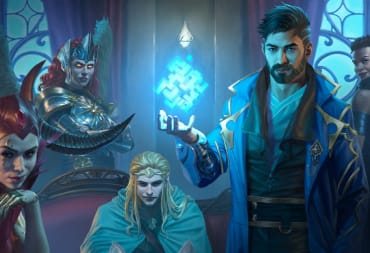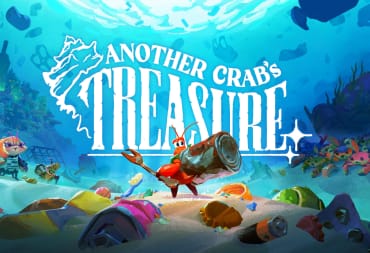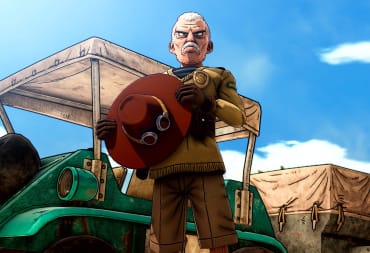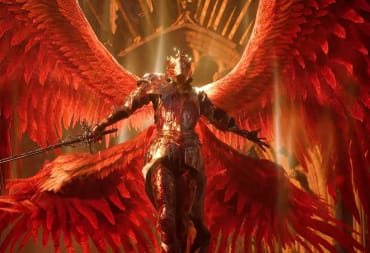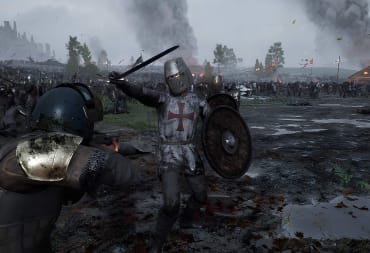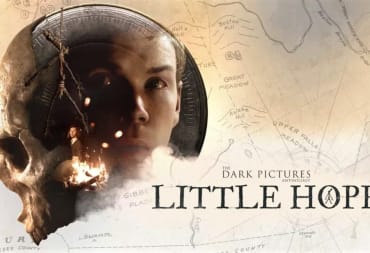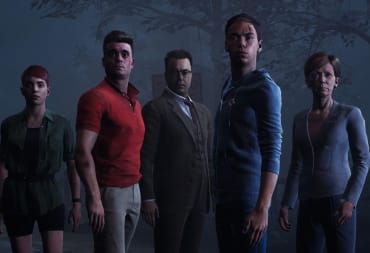So The Dark Pictures: Little Hope was pretty darn good. If you want further thoughts, my review is right here, but overall I thought it was more involved compared to the schlocky spook house that was Man of Medan.
I ended up tiptoeing around it in my review, but one of the biggest punches to the gut Little Hope provided was a very well-constructed twist ending. It completely re-contextualizes the entire game, turning the entire plot on its head. But even mentioning a twist or even talking about it can severely limit the impact, even completely unravel everything the game is doing.
Which is why there is now a spoiler warning in effect. The story of Little Hope, its ending, and all of of its relevant details will be discussed here. If you have any interest in this game, pick it up and play it before reading on. If you aren't going to pick it up but are curious nonetheless, then continue at your own risk.
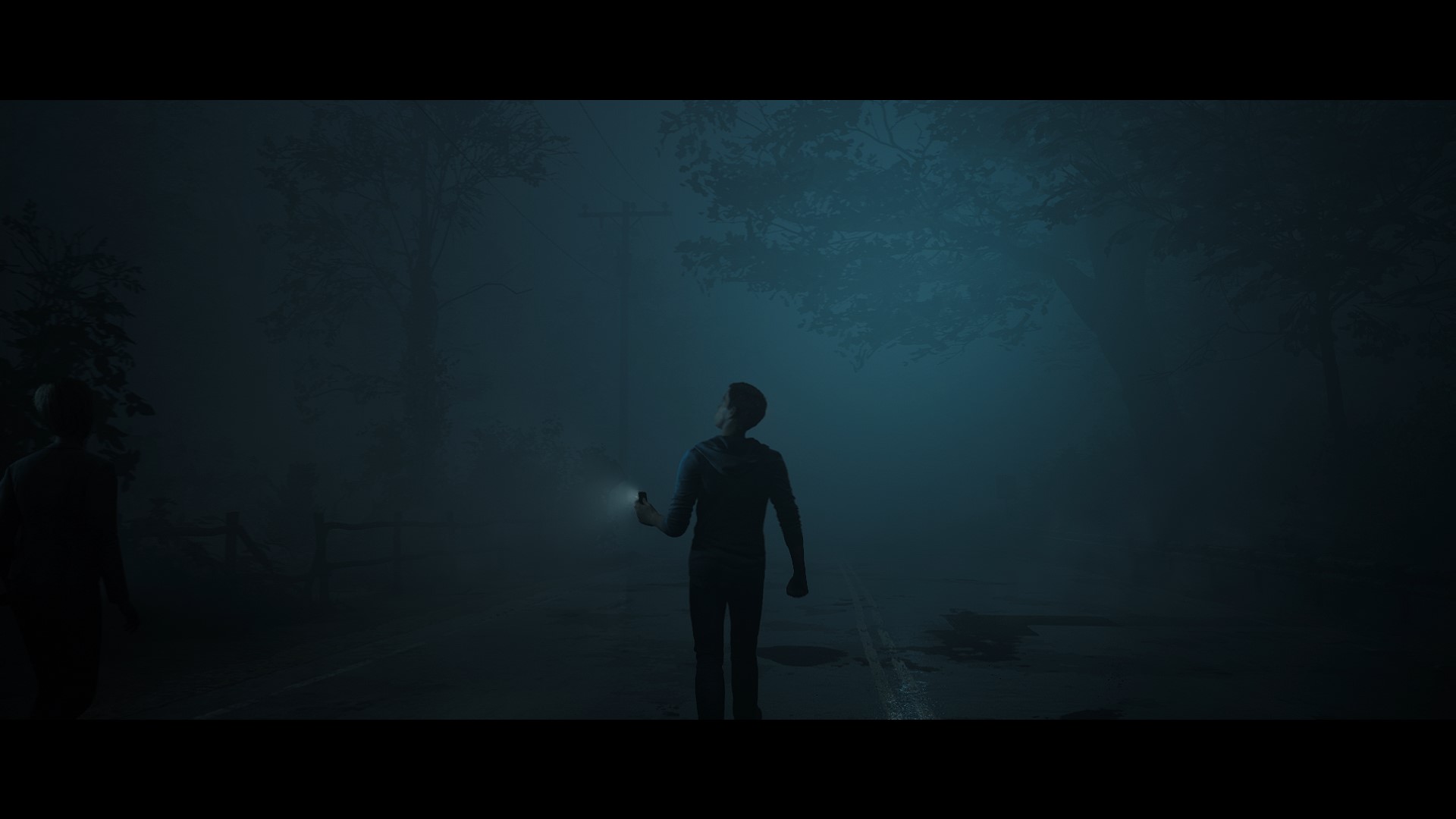
The main story of Little Hope is about a group of college students who survive a bus crash and end up wandering through a seemingly haunted town looking for help and, while they're at it, the bus driver that has mysteriously vanished. But the prologue opens with a terrifying house fire where several characters die by some unseen mystical force. It's a dark cold open that doesn't make much sense until later.
As for the survivors, their story is pretty straightforward. They travel from place to place in the small town looking for help of any kind, only to discover that the entire town is abandoned. To make matters worse, they are occasionally thrown back in time to the year 1692, the peak of witch trial paranoia, and end up interacting with the puritan settlers, indirectly exacerbating the hysteria. Complicating things further is that the puritan settlers all look like the five leads. Aside from their names, their outfit, and the way they talk, the five settlers from Little Hope's past are dead ringers for their modern counterparts.
The introduction of these doubles also serves as a plot point. Whenever a character's double is found guilty of witchcraft and executed, a twisted demon starts coming after them in a gruesome mockery of the method of death. The college professor sees his double crushed to death by stones, and soon after, he is attacked by some gross human being that squirms around like it has no bones. The jock character sees his double get impaled, and a demon comes after him brandishing bloody metal spikes jutting from its body.
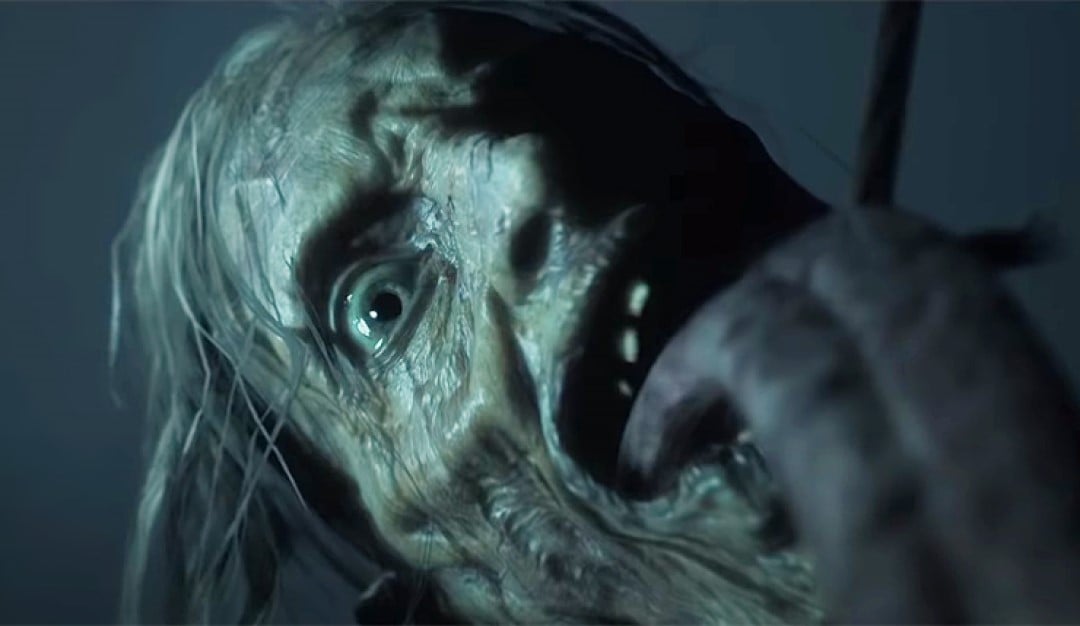
This pivots the plot into a mystery story. What exactly is going on? Is there actual magic going on? If so, who is to blame? And the game does provide some decent evidence for this to be the case. In fact, if you look hard enough you can find something straight out of the Silent Hill playbook. A religious zealot messed with dark power he didn't really understand; now there are ghosts and monsters running around, and the time-space continuum is having a conniption as a side effect. All that's left is the final creepy climax, one last showdown with the demons where the main cast finish their character arcs and destroy some magical MacGuffin, laying the spirits to rest.
Except that is not how Little Hope ends. Instead, the story ends with the group trapped in the remains of a burned down house. The monsters are closing in, and the ghost of the little girl is leading the group (what's left of them at this point) to a place upstairs. This leads to one final time jump sequence where you make a final choice: burn the girl as a witch or find another solution. No matter what you choose however, there is something that just seems completely off about the finale—how the house is eerily similar to the one that burned down in the beginning, how after your final time jump, the monsters just seem to vanish, and how the one main character who started the story with a head injury hasn't been directly attacked.
Then the twist ending comes. The group manages to stumble towards a diner with a working phone, the nightmare finally over. After exchanging a few passing words about what they had experienced, each and every single character vanishes, leaving Andrew alone... except he is now older and wearing the bus driver's uniform. You were playing as the bus driver, who was the lone survivor of the house fire back at the game's beginning.
This is hammered home by a collection of flashback cutscenes showing events as they actually played out. There were no demons or ghosts, it was just one guy talking with people who weren't there, running from place to place in a panic, making the one other supporting character confused at his behavior.
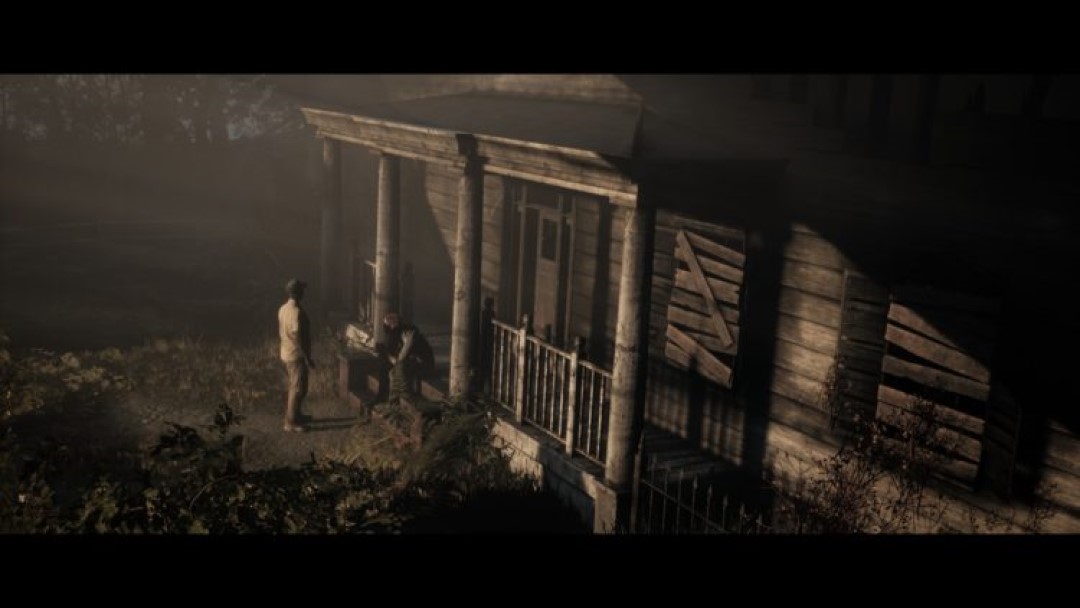
When I started up a second playthrough with this knowledge, a lot of the details throughout Little Hope took on new meaning. While there is compelling evidence for something legitimately supernatural going on in the small town, there is a bunch of equally valid material illustrating the town falling from mundane and deeply systemic sources. The tourist attractions of the historic witch trials waning, the collapse of the local textile industry causing people to lose their jobs, and countless other factors occurring in the 1970s such as the rise and acceptance of behavioral and developmental psychology and New Age mysticism all come together to give the fantastic elements of the game more grounded and human explanations. What appeared to be a time-traveling mystery with monsters transforms into a story about a man grappling with a devastating tragedy from his past, with the demons and ghosts being upfront metaphors of his recurring memories and emotional trauma.
The biggest support for this comes from the prologue and how Little Hope uses its principal cast. Every single actor in Little Hope ends up playing not just double roles, but triple roles. For example, the main lead played by Will Poulter (last seen in stuff like the Maze Runner movies and Black Mirror: Bandersnatch) plays the survivor of the house fire in 1971, the concussed college student in the present, and a puritan settler trying to speak reason to the town. There's even a clever naming convention foreshadowing these connections even further; each character's name starts with the same letter. In Will Poulter's case, his trio are named Anthony, Andrew, and Abraham respectively. Furthermore, the demons' designs aren't just meant to compare to how the puritans were executed, but by how Anthony's family died in the house fire.
These aren't the only story elements that have their own bait-and-switch either. Everything from the significance of the little girl's ghost to the actual motivations of the zealous priest seen in the past all have concrete parallels to the reveal in the finale. There are far too many of them to list, but it is absolutely impressive that screenwriter Dario Poloni and the team of environmental artists and level designers had the forethought to not just pull the rug from under its audience, but showed how and why.
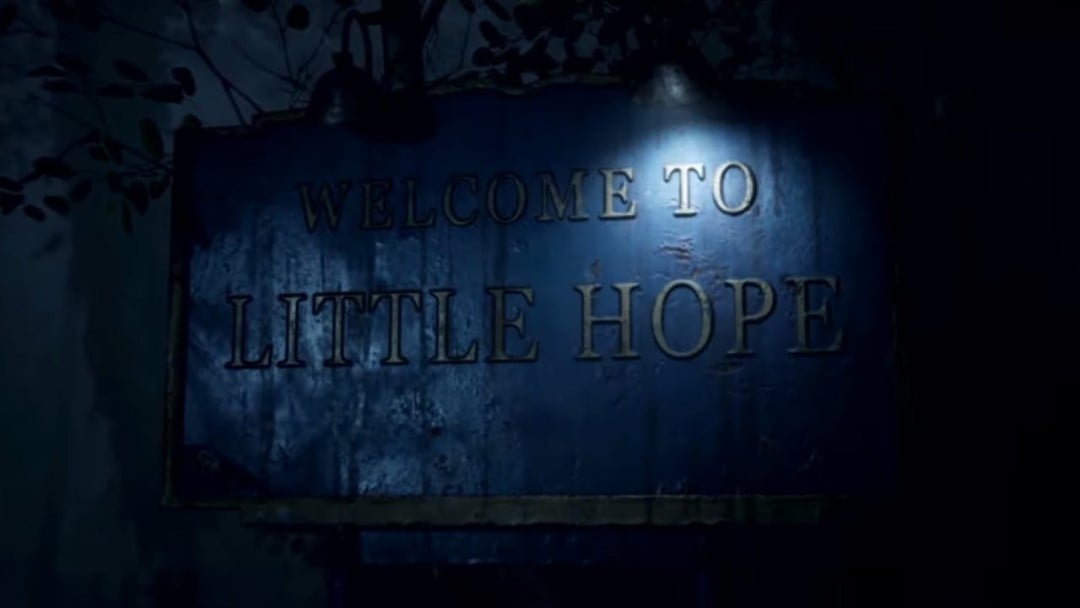
To make a very long story short, The Dark Pictures: Little Hope is very ambitious. It starts out as a derivative horror story, but through the details mentioned above, it builds into a supernatural mystery, then completely reveals itself to be an extended story about loss, death, guilt, and living through tragedy. Some of the more harsh reviews I've seen of this game criticize that the very nature of this ending hampers branching narrative paths or alternative endings, making it less impressive as a gameplay experience compared to Until Dawn or even Detroit: Become Human. While these claims do have some merits, I think it devalues a lot of the time and effort that went into assembling a twist ending like this and making it feel genuinely earned. It's one of those rare gaming experiences that could have easily went for easy answers and accessible action, but instead became introspective in its own unique way.
Have a tip, or want to point out something we missed? Leave a Comment or e-mail us at tips@techraptor.net



